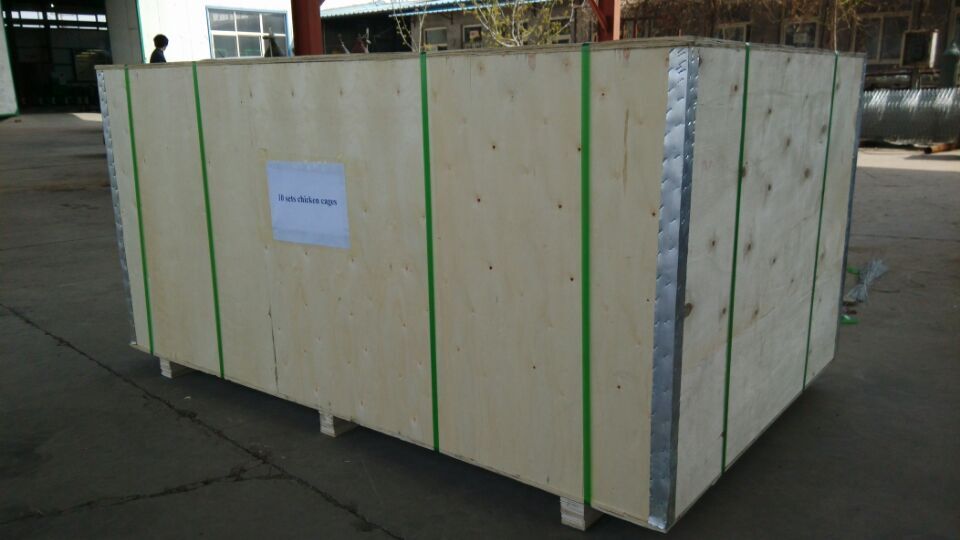indoor pig pen
Nov . 13, 2024 19:19 Back to list
indoor pig pen
Enhancing Indoor Pig Pens A Comprehensive Guide
The world of pig farming has seen significant advancements in recent years, particularly with the increasing shift towards indoor pig pens. These controlled environments offer numerous benefits that can significantly enhance pig welfare, increase productivity, and maximize space efficiency. This article delves into the various aspects of indoor pig pens, exploring their design, benefits, management practices, and the technologies that can optimize their effectiveness.
Design and Layout of Indoor Pig Pens
An efficient indoor pig pen should take into account the comfort and natural behaviors of pigs, which play a crucial role in their health and productivity. The design should allow ample space for movement, social interaction, and resting. A typical indoor pig pen would include separate areas for feeding, sleeping, and manure management.
The flooring is another critical component; slatted floors are often used to facilitate easy cleaning and reduce the accumulation of waste, promoting a healthier environment. However, it is essential to ensure that the slats are not too wide, preventing injuries to the pigs. Additionally, providing bedding materials like straw can enhance comfort and allow for natural behaviors, such as nest-building.
Benefits of Indoor Pig Pens
1. Temperature Control and Disease Management Indoor environments provide the ability to regulate temperature, which is vital for the growth and health of pigs. Extreme weather conditions can lead to stress, affecting feed intake and overall productivity. Moreover, a controlled indoor environment minimizes the exposure to diseases, a common risk in more open systems.
2. Feed Efficiency Indoor pens allow for the strategic placement of feeding systems that can be optimized for the pigs’ growth phases. Automatic feeders can reduce feed wastage and ensure that pigs receive the proper nutrition tailored to their growth stage.
3. Improved Space Utilization Indoor pig pens make it possible to manage space more effectively. Vertical space can be utilized by incorporating multi-level systems, ensuring that more animals can be housed without overcrowding.
indoor pig pen

4. Enhanced Pig Welfare Indoor pens can be designed to meet the welfare needs of pigs, such as providing enrichments like toys and opportunities for foraging. Improving welfare leads to better growth rates and overall health outcomes, which directly impact productivity.
Effective Management Practices
To maximize the benefits of indoor pig pens, effective management practices are essential. Regular monitoring of the pigs’ health and behavior can help identify any issues early on. Establishing a routine for cleaning and sanitizing the pens can prevent the spread of pathogens and ensure a healthy living environment.
Additionally, managing the social structure within the pen is crucial, as pigs are social animals. Introducing pigs into groups gradually can minimize aggression and stress, ensuring a harmonious living situation.
Innovative Technologies for Indoor Pig Pens
The incorporation of technology into indoor pig farming has revolutionized management practices. Automated feeding systems, climate control technologies, and health monitoring systems are becoming increasingly commonplace. These innovations not only streamline operations but also provide valuable data that can inform decision-making.
For instance, using sensors to monitor air quality and humidity levels can help maintain optimal living conditions for pigs, reducing stress and improving growth rates. Moreover, advanced software solutions can assist in tracking health metrics, feeding patterns, and growth performance, enabling farmers to make more informed management decisions.
Conclusion
Indoor pig pens represent a progressive approach to modern pig farming, offering a multitude of benefits related to animal welfare, productivity, and management efficiency. By prioritizing thoughtful design, effective management, and the integration of innovative technologies, farmers can create an indoor environment that promotes the well-being of pigs while optimizing production outcomes. As the industry continues to evolve, investing in high-quality indoor pig pens will undoubtedly play a crucial role in meeting the growing demand for pork and ensuring sustainable farming practices.
-
Automatic Feeding Line System-Pan Feeder Nipple Drinker|Anping County Yize Metal Products Co., Ltd.
NewsJul.29,2025
-
Hot Sale 24 & 18 Door Rabbit Cages - Premium Breeding Solutions
NewsJul.25,2025
-
Automatic Feeding Line System Pan Feeder Nipple Drinker - Anping County Yize Metal Products Co., Ltd.
NewsJul.21,2025
-
Automatic Feeding Line System Pan Feeder Nipple Drinker - Anping County Yize Metal Products Co., Ltd.
NewsJul.21,2025
-
Automatic Feeding Line System - Anping Yize | Precision & Nipple
NewsJul.21,2025
-
Automatic Feeding Line System - Anping Yize | Precision & Nipple
NewsJul.21,2025






